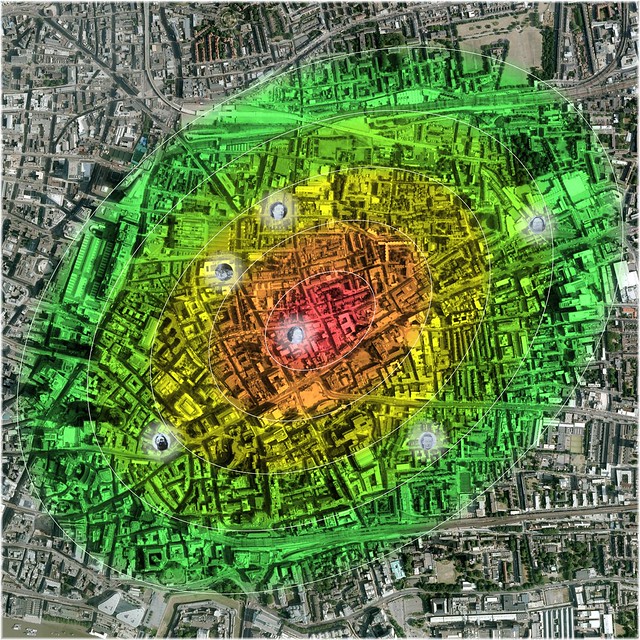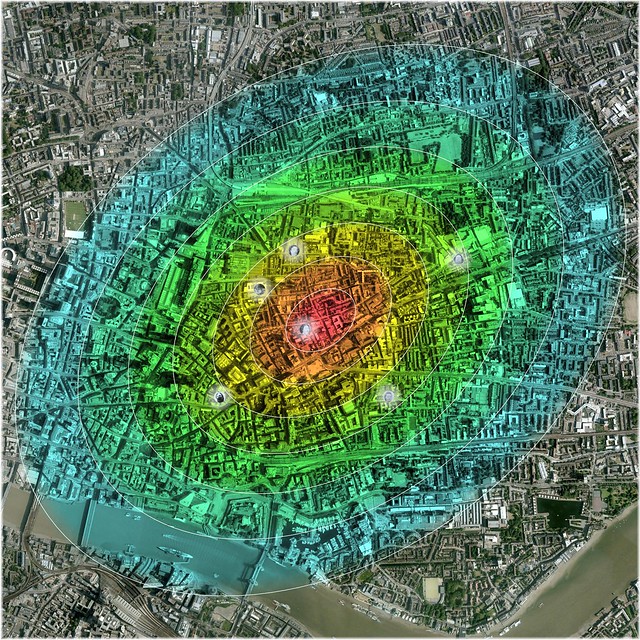Originally posted by Adam Went
View Post
It's a bit tricky to explain why she was in a dark corner of a square if not prostituion.
And, she did actually pick a discreet spot. It seems there weren't many people around. Unlike Berner Street, there's no mention of couples, people milling about buying their supper etc. Take away the murder and she would have been gone with no one any the wiser.





Comment